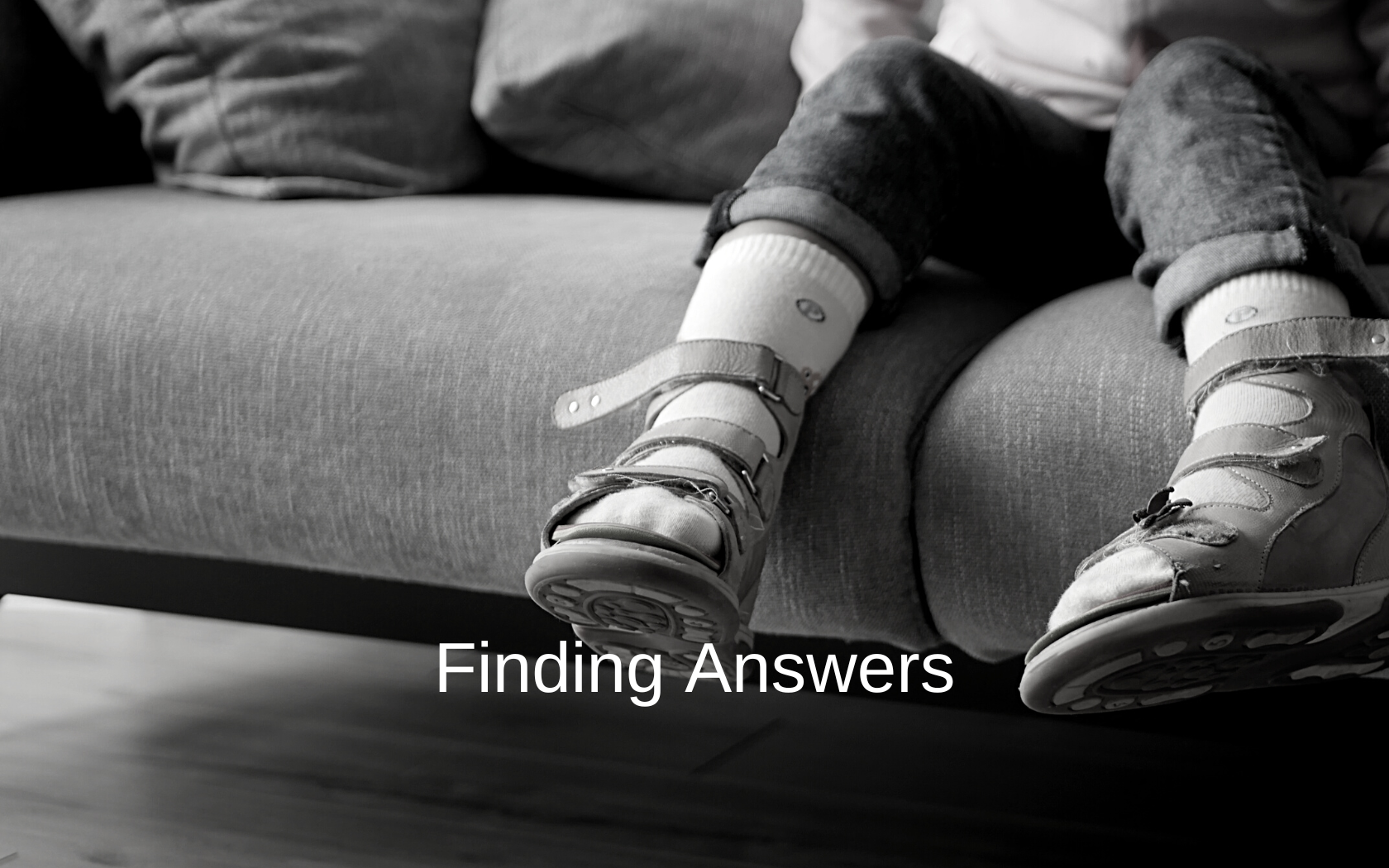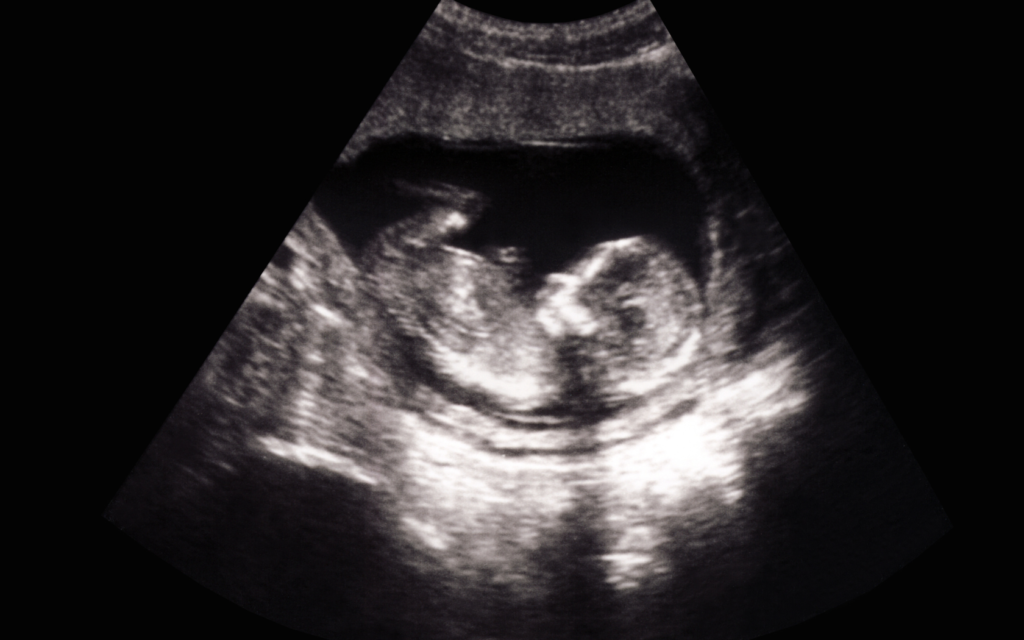According to the CDC, some of the risks of congenital cerebral palsy include low birthweight, premature birth, multiple births, infertility treatment, infections during pregnancy, birth complications, and other medical conditions. 85-90% of cerebral palsy cases are congenital. Do you know exactly what caused your child’s cerebral palsy birth injury?
In this article, we’ll dive into the following topics:
- What cerebral palsy is, and what causes it
- Risk factors for CP
- How CP can stem from a doctor’s negligence
- How to prove a CP birth injury claim

What is Cerebral Palsy?
Cerebral palsy (CP) is a group of neurological disorders that affect movement, posture, and muscle coordination.CP occurs because of a problem in the brain, usually before a baby is born.
People with CP might have trouble walking, talking, or using their hands. Some might need special equipment like wheelchairs or walkers to help them get around. CP is different for everyone. Some people with CP can do lots of things on their own, while others might need more help.
There are four main types of CP. Each type affects how a person’s body moves and works a bit differently. They are:
- Spastic Cerebral Palsy: This type makes your muscles stiff and tight, so it’s harder to move smoothly.
- Athetoid Cerebral Palsy: With this type, your body can have slow and uncontrolled movements, like twisting or writhing.
- Ataxic Cerebral Palsy: This type can make you shaky and have trouble with balance, so it’s harder to coordinate your movements.
- Mixed Cerebral Palsy: Sometimes, people have a mix of the types above, which can affect their muscles in different ways.
What Can Cause a Cerebral Palsy Birth Injury?
Several factors can contribute to a cerebral palsy birth injury. We can divide them into three categories: prenatal, intrapartum, and postnatal.
Prenatal Factors
- Infections: Certain infections during pregnancy, such as rubella (German measles), cytomegalovirus (CMV), or toxoplasmosis, can increase the risk of CP if the infection is transmitted to the developing fetus.
- Maternal Health Conditions: Some maternal health conditions, such as uncontrolled diabetes or seizures, can increase the risk of CP in the unborn child.
- Genetic Factors: In some cases, genetic factors may play a role in CP. Certain genetic mutations or abnormalities can lead to abnormal brain development.
Intrapartum Factors (During Childbirth):
- Hypoxia or Asphyxia: Oxygen deprivation during labor and delivery can cause brain damage, which may lead to CP. Factors such as umbilical cord complications, placental problems, or prolonged labor can contribute to hypoxia or asphyxia.
- Premature Birth: Babies born too early are at a higher risk of CP. Their brains may not have fully developed.
- Trauma During Delivery: Physical trauma to the baby’s head or brain during a difficult delivery can lead to CP. Sometimes this trauma is inevitable. Other times, it’s the result of a doctor’s negligence.
Postnatal Factors (After Birth):
- Infections: Severe infections, especially those that affect the brain (like meningitis or encephalitis), can cause brain damage that leads to CP.
- Head Injury: Any injury to the baby’s head that results in damage to the brain can increase the risk of CP.
- Jaundice: Severe or untreated jaundice can cause a type of brain damage called kernicterus, which can result in CP.
Risk Factors For A Cerebral Palsy Birth Injury
Certain factors can put a baby at higher risk for developing CP. They include:
- Multiple Births (Twins, triplets, etc.)
- Premature Birth (before 37 weeks of gestation)
- Low Birth Weight
- Maternal Age (Very young mothers or older mothers)
- Rh Incompatibility (Mother and baby have incompatible blood types)
- Use of Assisted Reproductive Technology (Certain fertility treatments and in vitro fertilization (IVF) procedures)
- Genetic factors
Keep in mind that not all children or mothers with these risk factors have CP. Not all children with CP have these risk factors. A cerebral palsy birth injury is sometimes the result of a complex interplay of various factors.
Is Your Child’s Cerebral Palsy a Birth Injury?
Birth injuries can cause cerebral palsy. But that’s not always the case. Some cases of cerebral palsy aren’t related to birth injuries and instead stem from prenatal factors or issues that occur after birth.
Cerebral palsy is a birth injury when it’s the result of a brain injury that happens during pregnancy, or delivery. Here are some examples of birth complications that are linked to CP:
- Umbilical cord problems (such as the cord becoming wrapped around the baby’s neck)
- Untreated maternal infections
- Abnormal delivery position (such as feet-first delivery)
- Excess pressure on a baby’s skull from misuse of vacuum or forceps
- Placental abruption (when the placenta separates from the wall of the uterus)
- Untreated jaundice that leads to kernicterus
If you’re unsure whether your child has a cerebral palsy birth injury, or CP due to a different cause, it’s worth looking into. Healthcare providers will almost always say that CP is unpreventable. The law doesn’t require them to tell you if they made a mistake. Infuriating, right?
Sometimes, the signs of CP don’t show up right away. It can take a while to receive a diagnosis. Negligence during delivery could be the cause, but you may not realize this without an investigation. But a birth injury lawyer can help you conduct such an investigation and get the answers you need.

Is CP Always the Result of Negligence?
No, CP isn’t always the result of negligence. It can occur for reasons that aren’t linked to medical malpractice, like genetic factors or infections during pregnancy. Sometimes complications during labor and delivery can cause CP despite a healthcare provider’s best intent to prevent it.
On the flip side of the coin, sometimes CP is the result of medical negligence or malpractice. For example, healthcare providers might fail to respond to signs of fetal distress during labor and delivery. In these situations, you can take legal action to seek compensation for the child’s injuries and related expenses.
How to Prove a Cerebral Palsy Birth Injury Claim
If you want to seek compensation for a cerebral palsy birth injury, you have to demonstrate that the injury was the result of medical negligence or malpractice during pregnancy, labor, or delivery. We understand how overwhelming that may seem. Sorting through all the medical records to figure out what happened can feel like trying to solve a Rubik’s Cube blindfolded!
But you don’t have to take on your doctor (and their insurance company) alone. When you work with a birth injury lawyer, you’ll have the help of someone who understands both medical terminology and malpractice law.
Key steps and elements to proving your claim include:
- Medical Records Review. With your lawyer’s help. you’ll obtain and review all relevant medical records. These may include prenatal records, labor and delivery records, and the child’s medical records after birth. These documents can provide crucial evidence.
- Expert Medical Opinions. Your lawyer will help you consult with experts who can analyze the medical records and provide their opinions regarding whether negligence or malpractice occurred.
- Establishing the Standard of Care. You must establish the standard of care that should have been provided during pregnancy, labor, and delivery. Medical experts can help define this standard.
- Breach of Standard of Care. You must show that the healthcare provider(s) breached the established standard of care. This means their actions or omissions deviated from acceptable medical practice.
- Causation. You’ll show that there’s a direct link between the breach of the standard of care and your child’s cerebral palsy birth injury.

Does Your Child Have CP? Know Your Legal Options
Remember, healthcare providers don’t have to report their mistakes to patients. So your child’s CP could be the result of negligence, and you would never know it. But you will know if you call a birth injury lawyer and conduct a thorough investigation. We invite you to schedule a free consultation now to find out what your legal options are.




